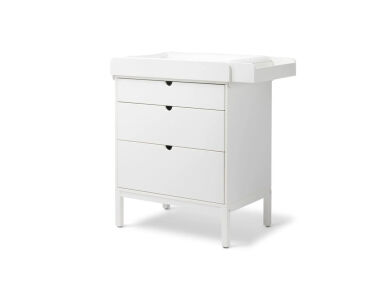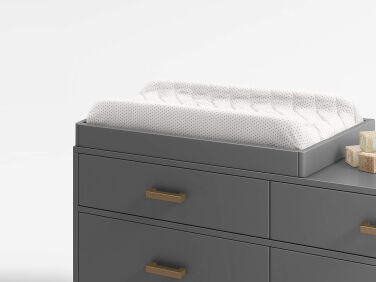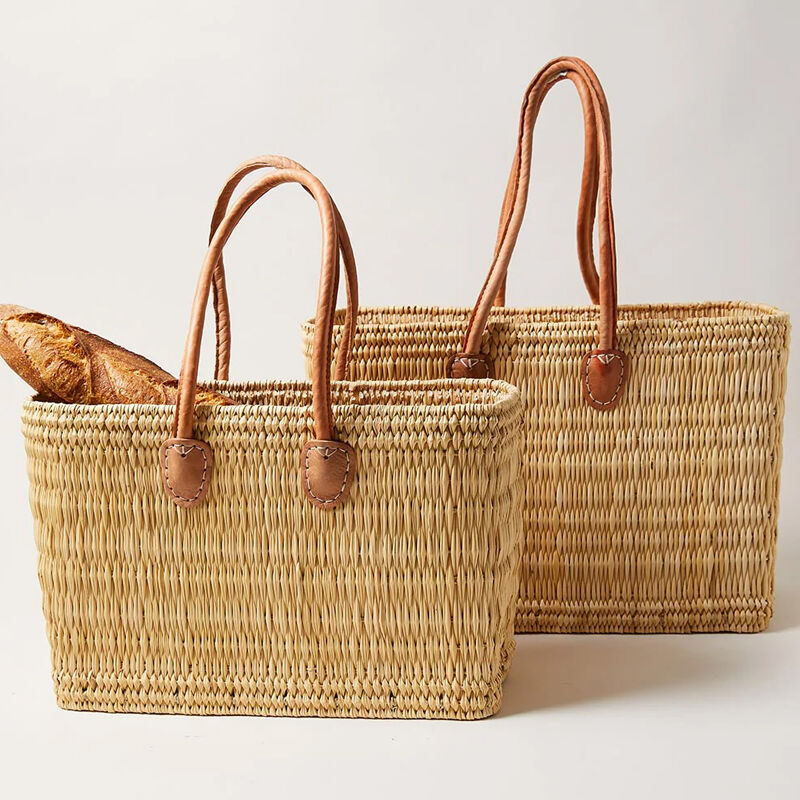In the first year of my baby’s life, I have stood at the changing table some 1,600 times (or more). That’s more use than any other piece of furniture in the house—by far. My recent and current experience in changing diapers has led me to recognize four key elements of a changing table: height, safety, storage, and use for infancy and beyond. The below 10 are our favorite designs, but we advise taking these elements into consideration when buying your own, and consulting your pediatrician.
Height
Consider the changing table as your new standing desk. You will spend enough time there that a changing table at the wrong height will show in your back and shoulders. While a diaper change is quick, it’s repetitious work. Measure from the floor to bent elbows for yourself and partner to determine an optimal height for the table.
Safety
The AAP recommends a 2-inch rail on four sides as well as a safety strap (which can come with the table itself or by way of an added changing pad). Another thing to look for is stability; avoid a wobbly table for obvious reasons.
Storage
Diapers, wipes, diaper cream, swaddles, and cloths. It’s a lot of stuff otherwise visible in the room, but great to have on hand in a built-in drawer or cubby.
Use
Remember that your baby is only a newborn for three months, and an infant for one year, but will be in diapers longer than both those stages. There are appealing wicker baskets that get placed gently on a surface, but that’s less practical for any baby older than a newborn. A changing table that can handle your rolling, crawling, standing, and sometimes fussy baby is a smart investment.










For more furniture for nurseries and kids’ rooms:
- 10 Easy Pieces: High Chairs
- 10 Easy Pieces: Kids’ Stools for the Bath
- 10 Easy Pieces: Best Cribs for Babies
- 10 Easy Pieces: Kids’ Modern Beds
- 10 Easy Pieces: Bunk Beds for Kids’ Rooms














Have a Question or Comment About This Post?
Join the conversation (1)